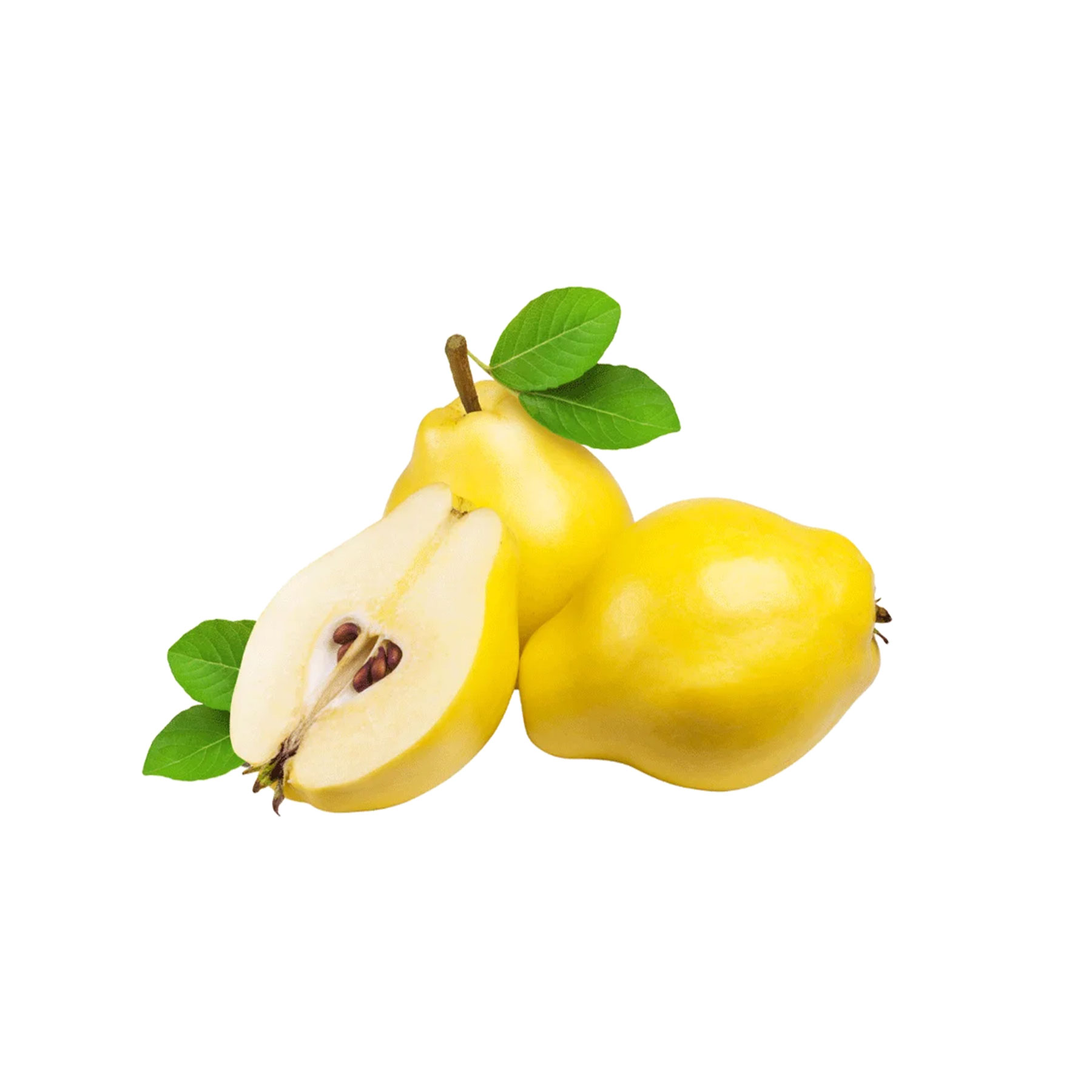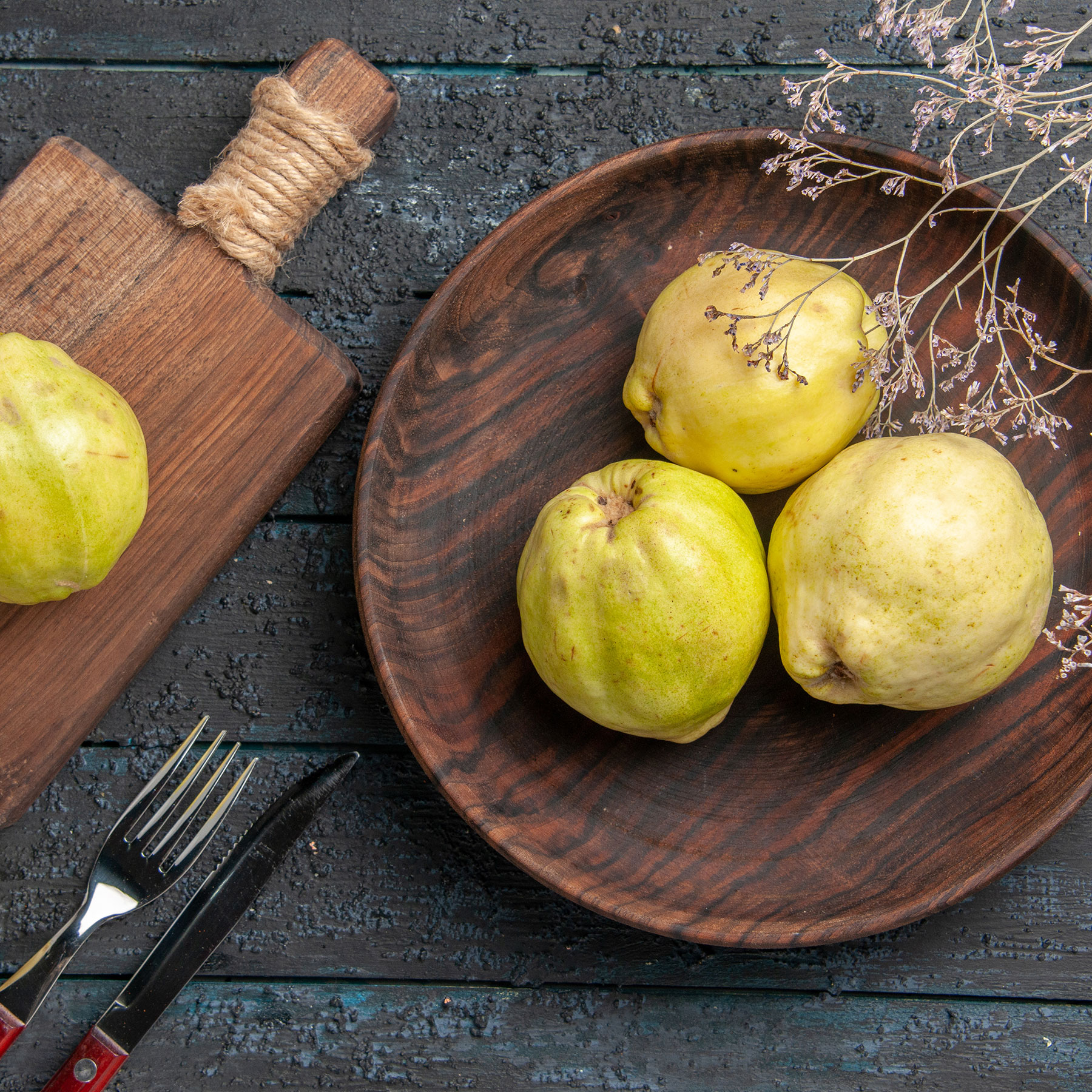
Unique Taste
Peaches, with their soft texture, unique aroma, and juicy nature, are a summertime favorite. When produced using the right techniques, they are in high demand both in the domestic market and in exports. However, due to their short shelf life, every stage from harvest onward must be carefully planned. In collaboration with Alde Tarım and Alde Plast, we manage this process in the healthiest and most efficient way possible.
Fertile Lands
Nectarines thrive in sunny regions with a mild climate.
Alde Tarım carries out nectarine production on a 100-decare field located in the Adaköy area of Gürsu, Bursa.
On this expansive and fertile land, healthy and high-quality fruit is cultivated using certified saplings and modern agricultural practices.
Planting Stages:
Soil Preparation: Begins with drainage checks, soil analysis, and the addition of organic matter.
Sapling Selection: Nectarine varieties that are disease-resistant and high-yielding are preferred.
Planting: Done at regular intervals in late autumn or early spring.
Irrigation: Water is supplied based on the plant’s needs through a drip irrigation system.
Tree Maintenance
For productive nectarine cultivation, the growth process of nectarine trees must be meticulously monitored. Alde Tarım places great importance on plant health and implements the following practices:
Pruning: Regular pruning is done to increase fruit yield and quality.
Fertilization: Balanced nutrient supplementation is provided based on leaf and soil analyses.
Pest and Disease Control: Biotechnical and integrated methods are preferred.
Growth Monitoring: Growth stages are recorded throughout the season.
Harvest Time
Nectarines should be carefully hand-picked when fully ripe. Due to their delicate skin, improper handling and storage conditions can quickly cause spoilage.
The harvested nectarines are placed directly into specially designed plastic fruit crates produced by Alde Plast.
These crates feature:
A smooth interior surface that prevents damage to the fruit,
Ventilation holes that allow air circulation,
Food-grade raw materials safe for direct contact with produce,
Durable construction suitable for stacking and transportation.
The Importance of Pre-Cooling
If quince is not pre-cooled immediately after harvest:
Its flesh softens quickly,
Color changes and decay begin,
Shelf life is significantly reduced,
Quality loss occurs during transportation and storage.
Therefore, pre-cooling is a vital step to ensure quince reaches the market in the freshest and healthiest condition.
Cold Storage Facility
Alde Tarım quickly transfers harvested quinces to cold storage facilities.
In these storage units:
Temperature: 0°C – 1°C,
Humidity: 90-95%,
Air circulation: Carefully balanced and controlled.
Fruits stored under these conditions can maintain their freshness and appearance for months.
Alde Plast plastic crates offer additional advantages during this process:
Their perforated design ensures even cooling of the fruit from all sides,
They are hygienic and durable,
They can be reused multiple times and are easy to clean.
Export
Products leaving the storage facilities:
Are sorted according to their quality and size,
Are packaged and shipped to domestic and international markets.
Alde Tarım, prioritizing quality, exports pears to many countries, especially in Europe.
Professional and Reliable
Alde Tarım carries out quince production on its fertile 100-decare farmland in Gürsu Adaköy, Bursa, using nature-friendly, controlled, and sustainable methods.
Alde Plast supports this process with durable and modern plastic crates that comply with food safety standards, ensuring freshness is preserved from the field to the table.


